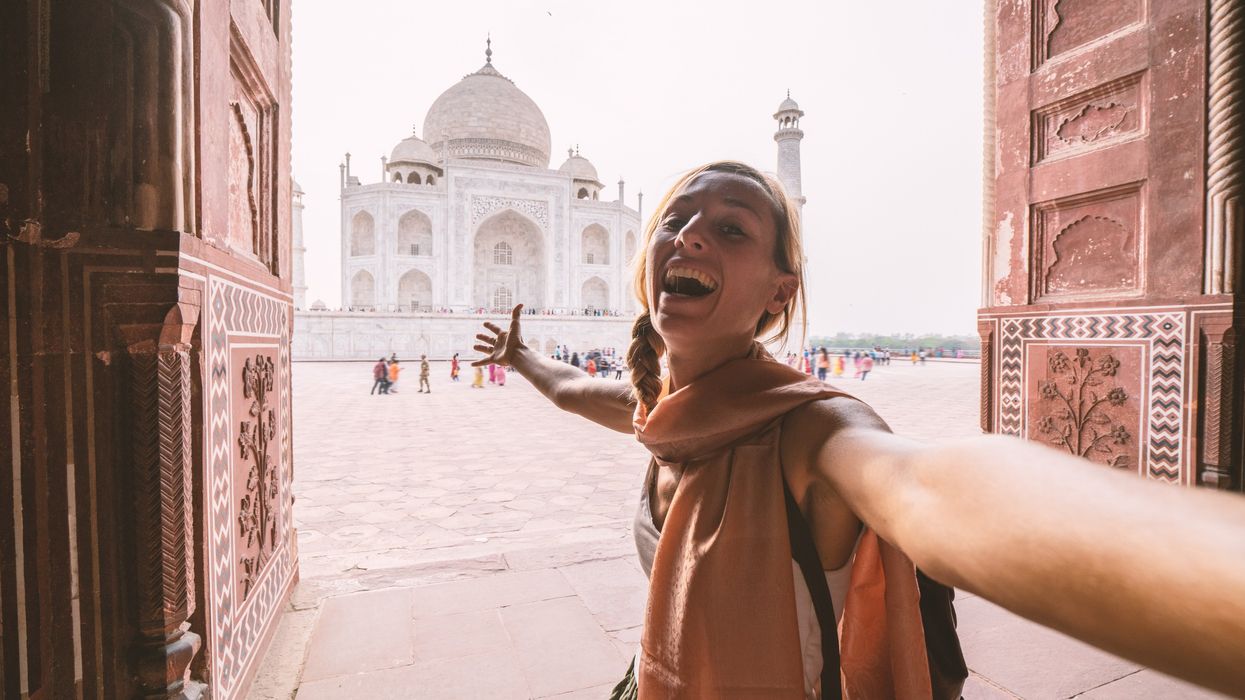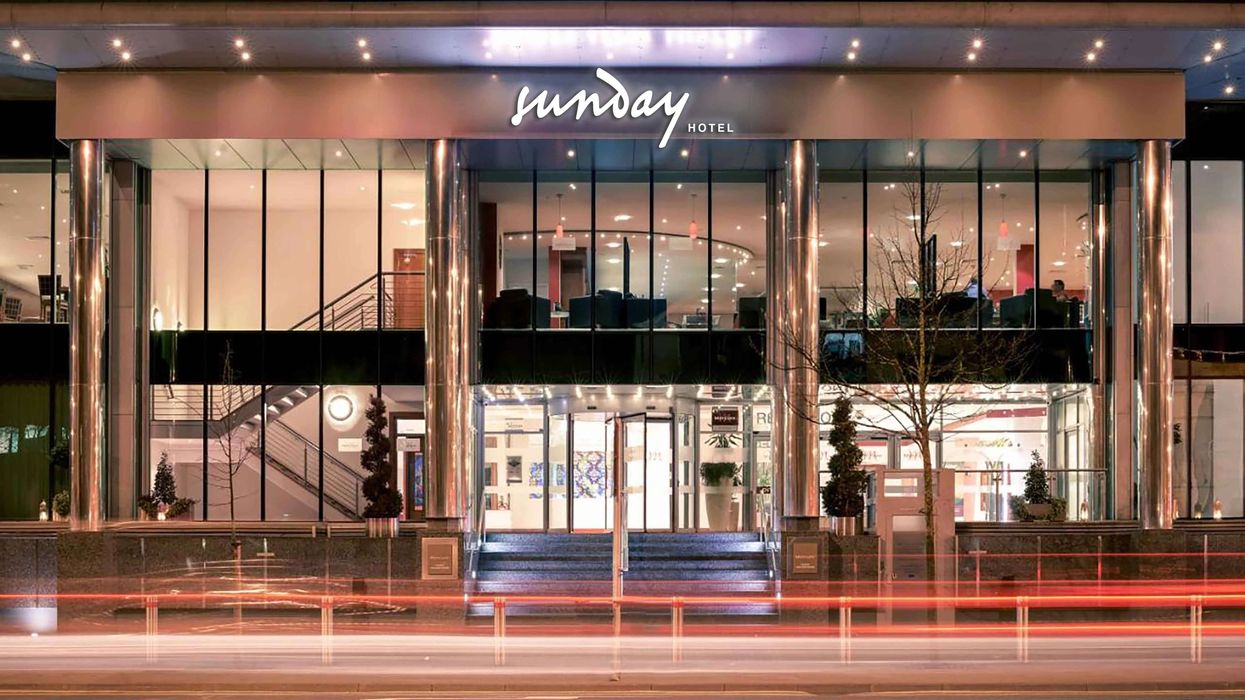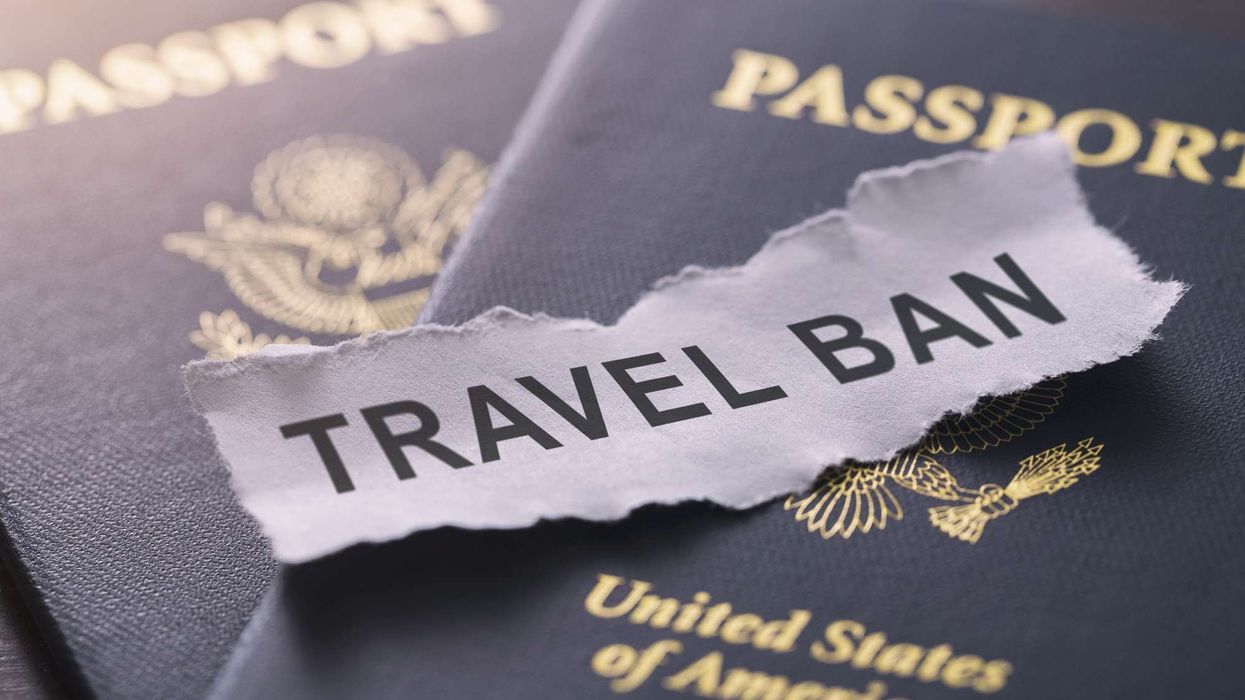What is driving India’s tourism growth in 2024?
INTERNATIONAL VISITORS SPENT Rs 3.1 trillion, or $36.09 billion, in India in 2024, 9 percent above the 2019 peak, according to the World Travel and Tourism Council. Domestic travel spending rose to Rs 15.5 trillion or $180.48 billion, 22 percent above 2019 levels.
WTTC’s latest Economic Impact Research shows international travel returned to its highest level last year and is now driving overall sector growth.
“India's travel and tourism sector is experiencing unprecedented growth, with international visitor numbers now at record highs after a period of strong domestic reliance,” said Julia Simpson, WTTC president and CEO. “We strongly support the government’s plans to simplify the e-visa process. While visa-on-arrival and e-visa systems exist, reciprocal policies and long delays for key markets like the U.S., where appointments are reportedly unavailable until 2026, continue to hinder tourists. Making it easier to visit India is one of the fastest ways to unlock more international arrivals and spending.”
Travel and tourism contributed nearly Rs 21 trillion or $244.53 billion to the Indian economy last year, 20 percent above 2019, the report said. With a young, educated population facing rapid AI-driven automation, the sector remains a key source of jobs and opportunity. Improving infrastructure, including high-speed rail and smart mobility, will be essential to increase its GDP share to 10 to 11 percent.
The sector supported a record 46.5 million jobs, or 9.1 percent of total employment in India, WTTC said. The country received 20 million international visitors in 2024, 2.3 million more than in 2019, reaffirming its status as a global destination and reflecting renewed international confidence in its tourism.
To maintain momentum, WTTC calls for continued investment and targeted policy support, urging the government to reconsider its decision to cut funding for overseas tourism promotion.
Simpson said WTTC signed a memorandum of understanding with WTTC India Initiative to support growth and ensure long-term resilience by amplifying India’s tourism voice globally.
“The MoU combines WTTC’s international influence with WTTCII’s national presence,” she said. “It will strengthen policy coherence and offer a model for global-local tourism leadership.”
The global tourism body's research shows India’s business travel grew, with combined domestic and international spending reaching Rs 1.1 trillion or $12.81 billion last year, 2.6 percent above 2019 levels.
Looking ahead: 2025 and 2035
WTTC forecasts India’s travel and tourism sector will contribute over Rs 22 trillion or $256.17 billion in 2025, with employment exceeding 48 million. As the sector expands, there is an opportunity to foster homegrown entrepreneurship, especially in luxury travel experiences, which are gaining traction among new generations of travelers and investors.
International visitor spend is expected to reach Rs 3.2 trillion or $37.26 billion, while domestic travel spending is set to hit Rs 16 trillion or $186.31 billion. By 2035, travel and tourism’s contribution to the economy is forecast to nearly double to just under Rs 42 trillion or $489.05 billion, with employment approaching 64 million.
India is positioned to become a leading tourism economy, combining heritage, natural resources, and innovation. Unlocking the potential of small and medium-sized enterprises, which form the sector’s backbone and drive innovation across regions, is key. The council urged the government to match the sector’s resilience and ambition with clear, consistent policies.
In May, WTTC projected the U.S. will lose $12.5 billion in international travel spending this year.













